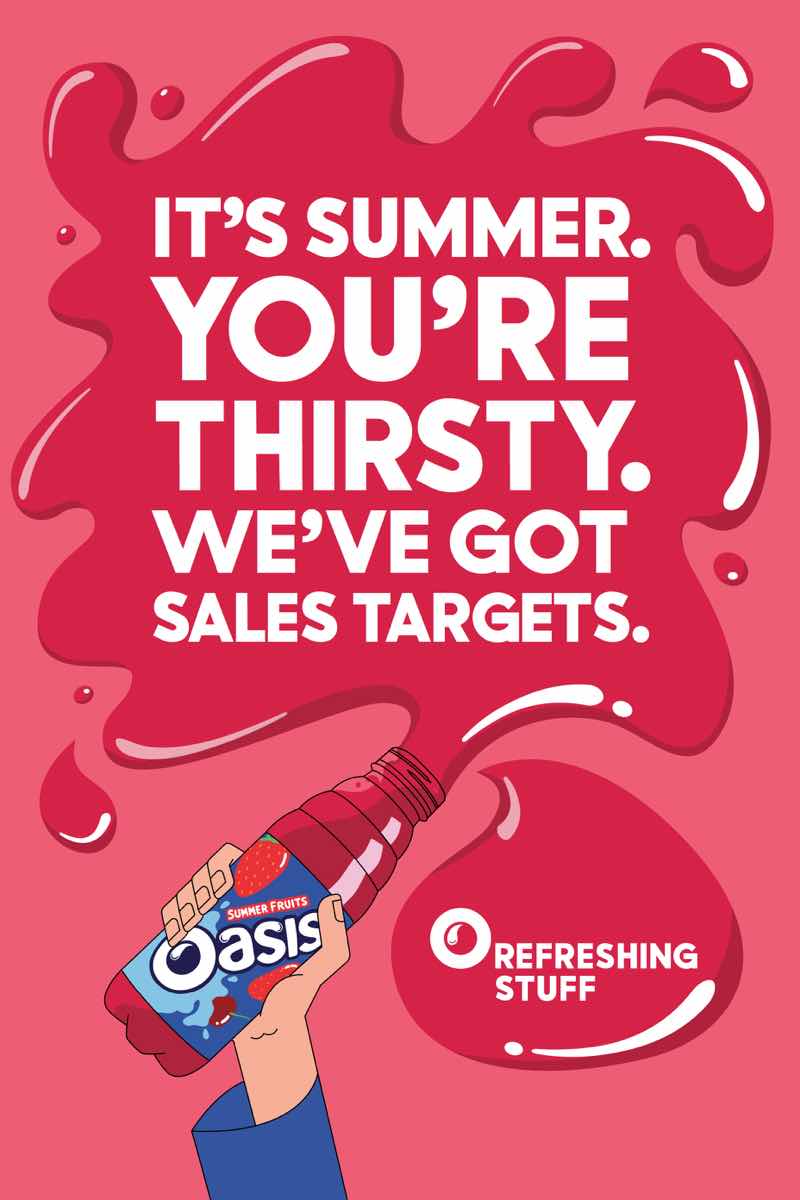 |
| Who let all these guys in here? |
So how do you know which ones you should be using? Well, it's a combination of a number of things and there's no one good answer because different channels have different pros and cons.
Before you start to register your name on YouTube or Facebook, you need to ask yourself these questions:
- What do you want to achieve? This is obvious, but are you looking at improving customer care, or are you trying to make a way for people to place complaints? Are you trying to create a way to keep people up to date with your company and products? Do you want to encourage conversation or build relationships? Do you want to establish yourself as an authority? Each one of those aims leads to a slightly different media channel.
- Do you meet an unmet need for your target group? Whatever your aim is, as with any digital project you should aim to meet an unmet digital need to give people a reason to look at your social media, even if that is to give a good communication channel to your potential customers.
- Where do your target audiences go? If you know who your target audience are, try and identify where they already go to. People are creatures of habit, and it’s much easier to hijack off an existing habit than make them go to somewhere different. Perhaps Instagram would be perfect for your goals and targets, but if your target market all use snapchat, then go there. Hunt where your targets roam!
- Your available resource (staff): Doing any sort of social media takes a lot of resource in terms of time. You are looking at a minimum of three and a half hours per week: half an hour per day with an extra half hour on Monday and Friday to initially plan the week and assess how the posts went at the end for each channel. Additionally, the higher the interaction and speed of reply needed, the more your staff need to have flexibility be able to respond to social media, so the staff cost goes up. Additionally, you need to consider where your staff are physically: responding can be more difficult if they are field-based rather than desk-based, and how will you manage holiday cover? What do you have the staff resource to do?
- Your available resource (Money): YouTube is a fantastic channel, but unless you are doing videos on your smartphone or have basic recording equipment in your office, videos (both animated and film) will cost you money to produce. Similar with high quality photography. You need to be aware of ongoing costs in the channel/s you choose.
- Frequency: How much do you have to say? Do you have exciting news every day that you want to convey? Are you mainly reposting existing articles/videos/opinions? Some channels need more new content than others and you need to bear that in mind.
- Company fit: Some channels are more formal, and some are more informal. This can be tweaked, but if you have a couple of options it’s worth trying to use one more in keeping with the ‘tone’ of the content and the vision you have for your communication.
- Industry fit: Are you in a highly-regulated industry? Do you need all marketing collateral to have regulatory approval? Does your company culture like to check all communications before they are sent out into the wider world? The stricter the controls you are under, the slower the channel you want on social media. You can get away with a 24 hour turn around on Linked-In, but that’s not going to fly on Twitter where more than an hour could spell the difference between a PR success or a disaster.
Once you have a clear idea of your aims, your targets with their habits, your available resource and how you want to be perceived, you then need to pick your channels.
As this post is already getting fairly long, more on the channels themselves in Social Media (Part II).


